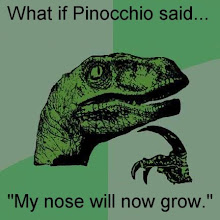We have learned that the world-famous Sharktooth Hill Bonebed fossil locality northwest of Bakersfield, one of the richest and most important sites in the world, is in danger of being sold off to commercial collectors. If this happens, the dealers will excavate it for only the commercially valuable fossils and destroy all the scientific information from the hundreds of sharks, as well as whales and seals and other marine mammals that come from these deposits.
The owner of this land, Bob Ernst (who was a good friend of ours), passed away several years ago suddenly without leaving a will, and his widow is now selling off the fossil-rich property to the highest bidder. Already a lot of important specimens have been sold in auction (including some that were already in a museum collection), and now the Natural History Museum of Los Angeles County is trying to buy one of the most important parcels of Ernst’s property to hold as a scientific preserve (imagine the Page Museum at La Brea Tar Pits, but for marine life). If the museum can raise another $25,000–30,000, they will buy the land. If we collect more than what they need for the land purchase, it will be applied to Phase II of the project, building a visitor’s center. The goal is to preserve the site, while allowing access to schools and non-profit educational groups to help collect the less scientifically significant shark teeth and whale bones. Just imagine that you had been one of the donors who assisted with the acquisition of the La Brea Tar Pits. This is just that type of a once-in-a-lifetime opportunity.
If you would like to make a tax-deductible contribution toward the cause of preserving this legendary locality, please let us know. We must move quickly before the land is sold off and locked away from the public. Dr. John Long of the Natural History Museum has pledged to give a personal tour of the locality, after its purchase, to anyone who donates $2000 or more. You can contact Donald Prothero (Prothero@oxy.edu) or John Long (jlong@nhm.org) for more information. Don’t let this opportunity to preserve such an important place for science pass you by. Please help!
Thank you,
Donald Prothero and Teresa LeVelle
Wednesday, May 11, 2011
Help Preserve the Sharktooth Hill Bonebed
While reading this morning's eSkeptic (sign up to receive eSkeptic for free here) I saw this request for help from some very good paleontologists in the L.A. area. While I do not have the ability to help them financially what I do have is a blog to help spread the word so if you can please help them out so we don't lose this important scientific site forever!
Subscribe to:
Post Comments (Atom)

No comments:
Post a Comment